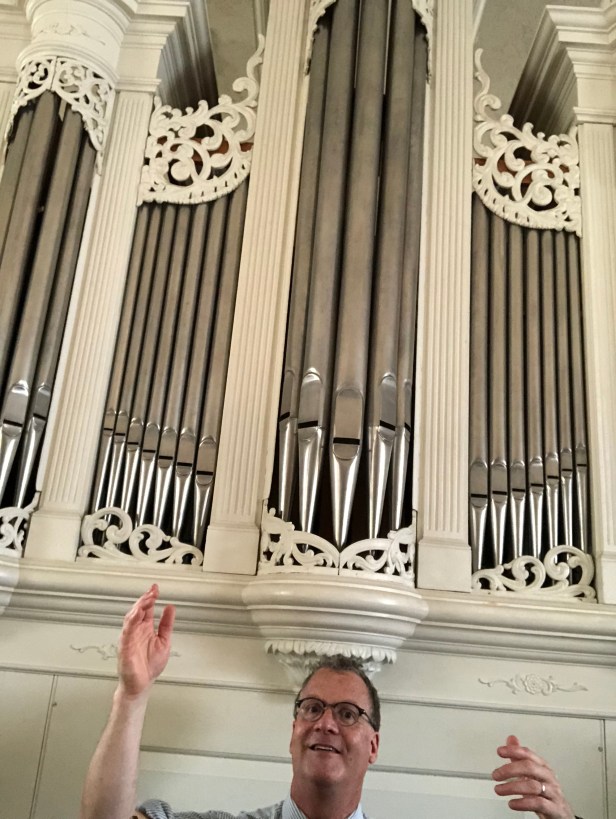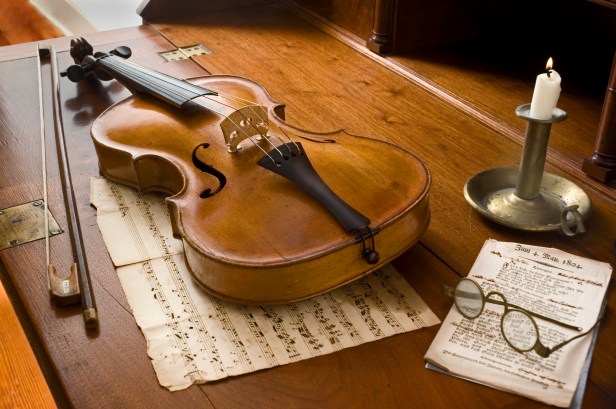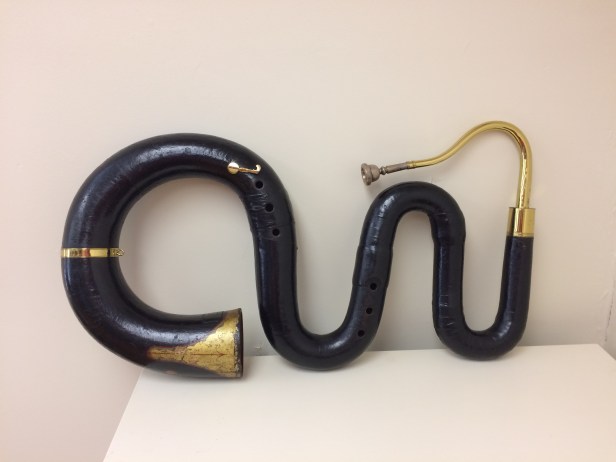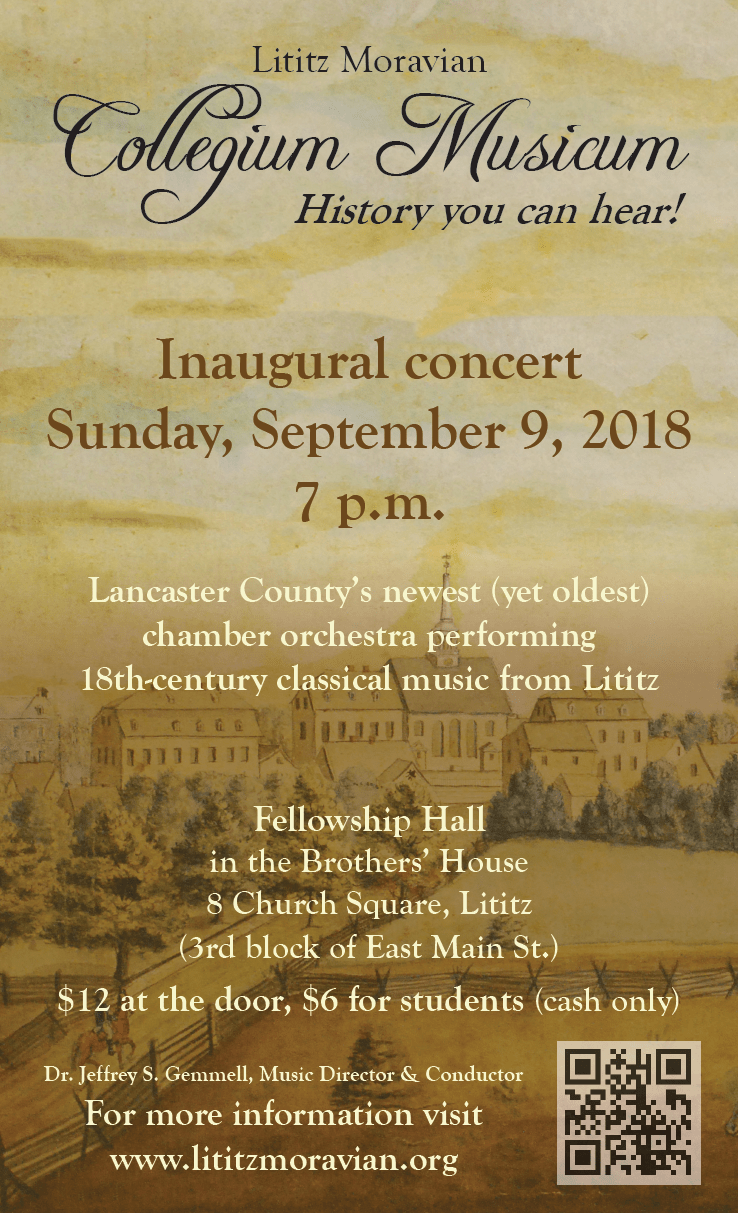
Link to article that appeared in the LNP on Saturday, September 8, 2018
PRESS RELEASE
Event: Inaugural Concert of Lititz Moravian Collegium Musicum (orchestra)
Date/Time of Event: Sunday, September 9, 2018, 7 PM
Location: Lititz Moravian Congregation Fellowship Hall, 8 Church Square, Lititz, PA, 17543
Tickets: $12 per ticket, $6 for students, available only at the door beginning at 6 PM. Cash only please.
For more information, contact:
Lititz Moravian Congregation Church Office : 717-626-8515; office@lititzmoravian.org
Dr. Jeffrey Gemmell, Music Director and Conductor: Lititz Moravian Congregation, Director of Music Ministries, 717-342-4469; jeff@lititzmoravian.org
Final Program (draft):
Inaugural Concert of Lancaster’s Newest (yet Oldest) Orchestra
Lancaster County’s newest, yet oldest, symphony orchestra – the Lititz Moravian Collegium Musicum – will perform a concert of early music on Sunday, September 9th at 7 PM in Lititz. This new professional ensemble of select musicians, from central Pennsylvania and beyond, will provide a rare glimpse into a unique facet of musical life and culture in early Lititz. According to Jeffrey Gemmell, Music Director and Conductor of the ensemble, “We’re hoping to transport the audience (and ourselves) back to 18th-century Lititz via our musical time machine!” The Collegium specializes in live performances of repertoire from the church’s significant early music manuscript collection, freshly edited by Gemmell for this inaugural performance.
The early American Moravians who settled in Lititz in the mid-eighteenth century are recognized today for the strong musical tradition they brought with them from Europe. Founded in late 1760s, when the congregation established a fund for music and supplies, the Lititz Moravian Collegium Musicum consisted of the instrumentalists who gathered regularly to enhance worship with music. The original Collegium provided an opportunity for these accomplished musicians to rehearse and perform for practice, entertainment, and enlightenment. Inspired by traditions begun in the German-speaking regions of Europe, these colonial-period amateur musicians strengthened their skills in order to perform the sophisticated repertoire regularly used in worship services. This also satisfied the community’s continual desire for leisurely music making. The Collegium was the core of what would become the Lititz Philharmonic Society and the Lititz Band in the nineteenth century. According to Rev. Nola Reed Knouse, Ph.D, Director of the Moravian Music Foundation in Winston-Salem, NC, “one measure of a tradition’s vitality is the new manifestations it generates. This upcoming event shows the breadth and depth of Lititz’s musical heritage, which has never faltered through the centuries but continues in an unbroken line of excellence and joy.”

The Collegium played from scores gathered from various sources and often copied by hand; music published in Europe was also purchased to perform. These works were collected and stored separately from music intended for worship. The inaugural concert of the new Collegium will include works selected from the Lititz Collegium Musicum Collection, stored at the Moravian Archives in Bethlehem, Pennsylvania. The collection consists of larger instrumental and vocal works, as well as chamber music for strings and winds that represent the “cutting edge” of European musical culture of the period. Genres and styles found in the collection vary greatly, which will be reflected in the inaugural concert program. Larger works include compositions that typify the genesis of what became the repertoire for the modern symphony orchestra, such as by J. C. Bach’s Sinfonia in D, Carl Stamitz’s Sinfonia in A Major and Andreas Romberg’s Pater noster. Pieces for wind instruments then in vogue called Parthien or Harmoniemusik, written for five to eight instruments (usually clarinets, bassoons, and horns), will be heard in Parthia, written by Moravian composer John Christian Bechler, and Military Divertimentos by Luigi Boccherini and Louis von Esch. Duets for winds and reeds, composed by W. A. Mozart and Johan Grenser, will lend variety to the program, as will selections from Johannes Herbst’s Hymns to Be Sung at the Pianoforte.
A special “Museum and Archives Moment” will be presented by guest artist Craig Kridel, emeritus faculty of University of South Carolina, expert “serpentist,” and international authority on English horns. The serpent horn, which receives its name from its snake-like shape, is a bass wind instrument, descended from the cornett and a distant ancestor of the tuba. Kridel states: “Serpents have a distinguished history in the northern province of the Moravian church during the early 19th century. Many members of the Lititz Moravian Congregation have seen on display ‘the Lititz serpent’ and others know the name of the silversmith-watchmaker (Francis Lennert) who played the instrument during the 1830s and 1840s; however, on September 9th, guests will be able, for the first time in over 150 years, to actually hear a serpent in its natural habitat—as a bass member of a wind ensemble.” Kridel’s demonstration will focus on a comparison between his modern serpent horn and the congregation’s early 19th-century instrument, which will be brought over from the congregation’s museum. Archives member Tom Wentzel proclaims, “I’ve been involved with the Lititz Archives for almost thirty years, and this event ranks among the most anticipated and exciting!”

Selections will also be performed on the historic 1787 David Tannenberg organ, with ample opportunities for the audience to sing early Moravian hymns.
Tickets are $12/$6 for students (cash, please) and will be sold at the door beginning at 6 PM on the day of the concert. The Lititz Moravian Mission Gift Shop will be open before and after the concert, and the Archives and Museum will welcome visitors after the concert. Facebook Lititz Moravian Museum. For more information, contact the office of the Lititz Moravian Congregation by phone, 717-626-8515, or email: office@lititzmoravian.org.



Wonderful inaugural of the Lititz Moravian Collegium Musicum. Beautiful music by superb musicians. So interesting to learn about the the serpent horn and to hear it played in a traditional way. Also lovely to hear the 18th century Tannenberg organ. This has stimulated me to learn more about Moravian music. Thank you for a fabulous and meaningful concert. Am so looking forward to the spring concert.
LikeLike
I am really loving the theme/design of your weblog. Do you ever run into any browser compatibility issues? A number of my blog audience have complained about my website not operating correctly in Explorer but looks great in Safari. Do you have any tips to help fix this issue?
LikeLike